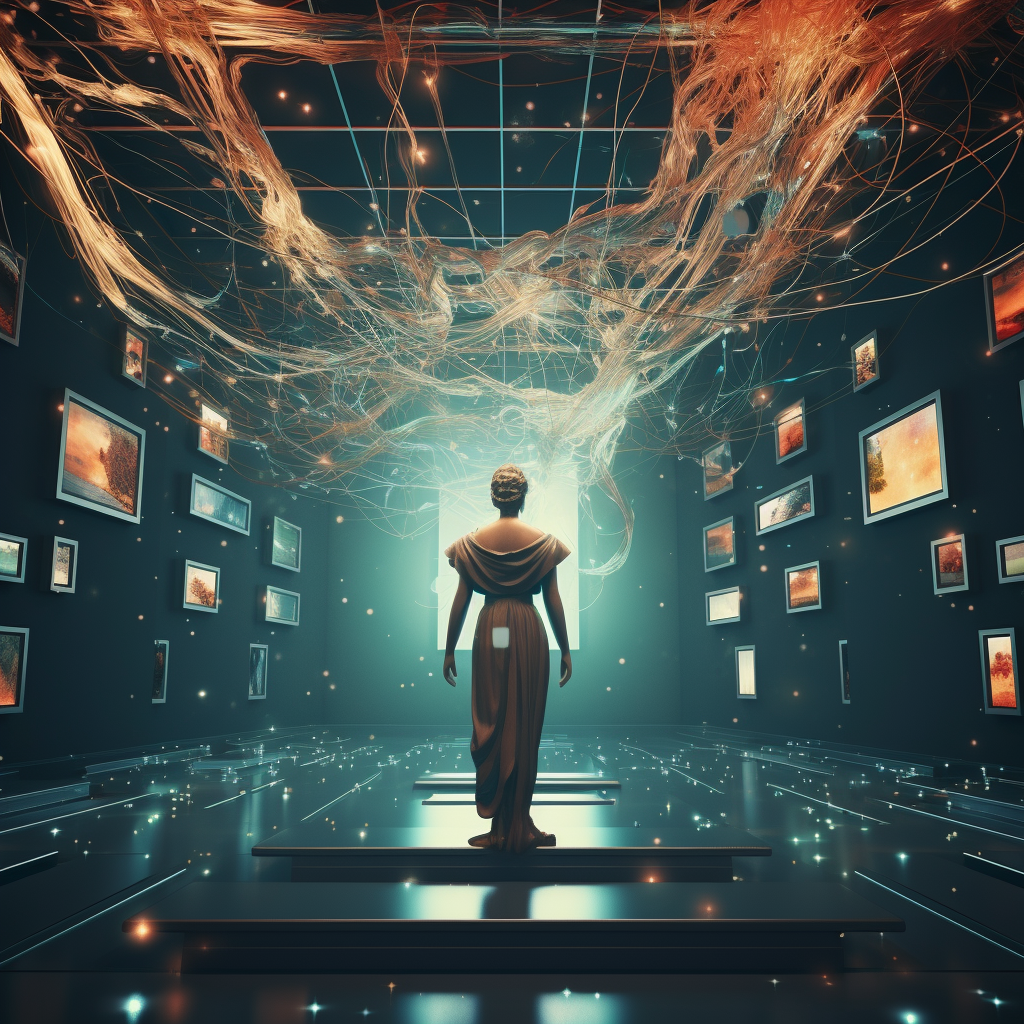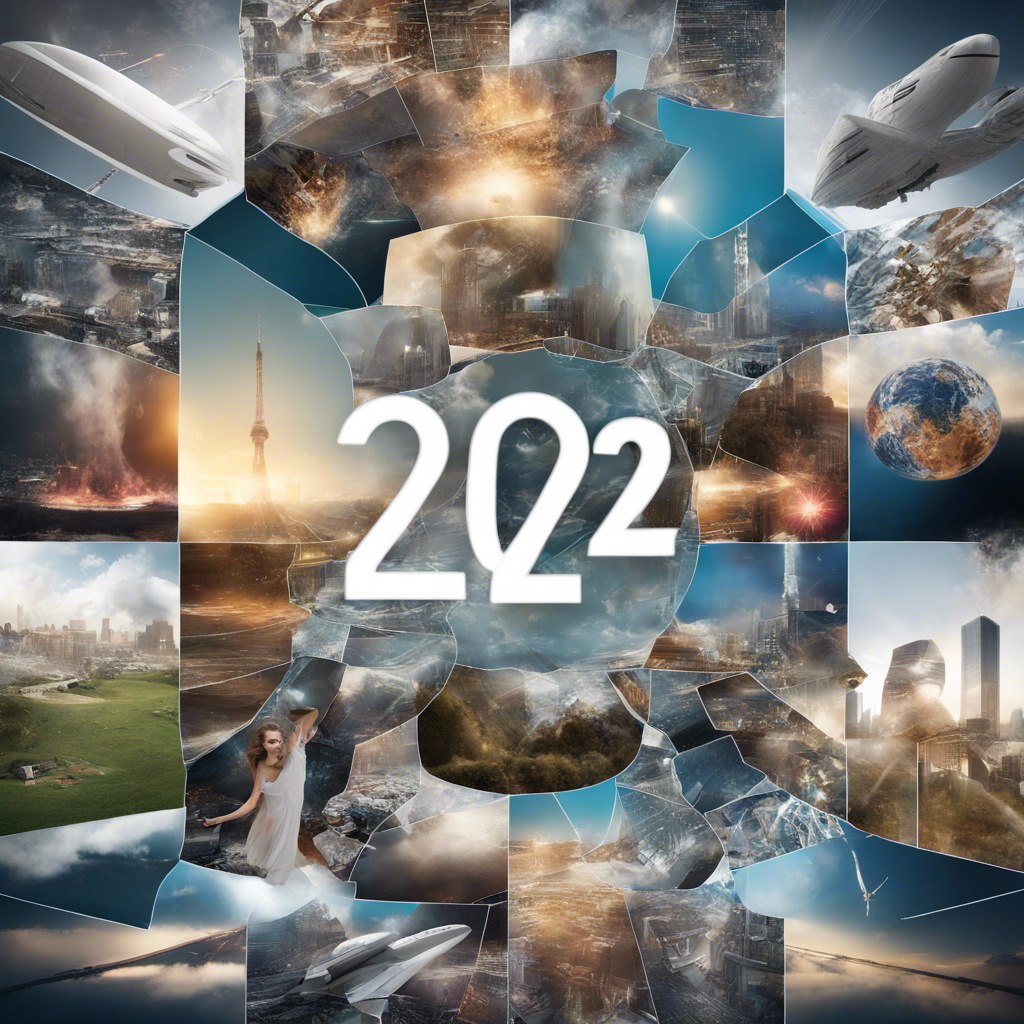
Are you captivated by the sheer creativity and innovation of the art world? Do you find yourself fascinated by the concept of digital art and NFTs? If so, you’re in for a treat! In this blog post, we will take a deep dive into the exciting realm of digital art and NFTs, debunking common myths along the way.
Understanding Digital Art
Digital art refers to artwork created using digital technology, often utilizing software and computers. It encompasses various forms, such as digital paintings, 3D sculptures, and even interactive installations. What sets digital art apart is its ability to exist in a non-physical form and be easily shared and reproduced in the digital realm.
Debunking Myth: Digital Art Lacks Authenticity
One common misconception surrounding digital art is that it lacks the authenticity and uniqueness of traditional art forms. However, this is far from the truth. Digital artists employ their creativity and technical skills just like traditional artists, investing hours of effort into their creations.
Furthermore, digital art can be made unique through the use of non-fungible tokens (NFTs), which we will explore in detail later. These tokens, recorded on a blockchain, provide proof of ownership and ensure the scarcity and authenticity of digital art pieces.
Debunking Myth: Digital Art is Easy to Create
Another fallacy is the assumption that digital art creation is a simple process involving just a few clicks. While digital tools can offer convenience and speed, mastering the art form requires skill, practice, and a keen eye for aesthetics. Digital artists often possess a wide range of expertise, including illustration, graphic design, animation, and programming.
To excel in the world of digital art, creators must understand color theory, composition, and various software applications such as Adobe Photoshop, Illustrator, and Procreate. It’s through their expertise that they bring their artistic vision to life.
Introducing Non-Fungible Tokens (NFTs)
Now, let’s move on to the intriguing concept of non-fungible tokens, or NFTs. NFTs have revolutionized the digital art market by addressing key challenges, such as proving ownership, verifying authenticity, and enabling artists to monetize their creations.
Debunking Myth: NFTs Are Just a Passing Trend
Some skeptics believe that NFTs are mere hype and will soon fade away. However, NFTs have already proven their longevity and potential. The concept of NFTs can apply to various domains beyond art, including virtual real estate, collectibles, and even music. As more industries recognize the value of blockchain technology and the ability to establish provenance, NFTs are likely to become a permanent fixture in the digital landscape.
Debunking Myth: NFTs are Only for the Wealthy
Contrary to popular belief, participating in the world of NFTs doesn’t require you to be a millionaire. While high-profile sales by established artists often make headlines, the market is not limited to them. Many emerging artists and creators are finding success through NFTs, as the technology provides a platform for showcasing their work and connecting directly with potential buyers.
Furthermore, fractional ownership and secondary market sales allow individuals with varying budgets to get involved in the NFT ecosystem. By investing a smaller amount, individuals can own a fraction of an NFT and potentially earn returns if its value appreciates over time.
Exploring the Benefits of Digital Art and NFTs
The fusion of digital art and NFTs brings forth numerous advantages for artists, collectors, and enthusiasts alike.
1. Authenticity and Ownership
NFTs solve the longstanding problem of proving ownership and authenticity of digital art. The blockchain technology behind NFTs provides an immutable record, allowing artists and collectors to easily verify the history and legitimacy of a digital piece. This newfound trust in ownership promotes the growth of digital art as a legitimate and valuable art form.
2. Direct Artist Support
With NFTs, artists can directly monetize their work without intermediaries or traditional gatekeepers. The decentralized nature of NFT marketplaces empowers artists to set their own prices, benefit from each transaction, and connect directly with their audience. This direct support enables artists to sustain their creativity, reach a global audience, and build a dedicated fanbase.
3. Enhanced Collecting Experience
For collectors, NFTs offer a unique collecting experience. Owning an NFT not only provides a digital copy of the artwork but also represents a verifiable and provable share of the original work. Collectors can proudly display their digital art collections, participate in auctions and sales, and potentially reap financial rewards if the value of their NFTs appreciates.
4. Democratization of Art
Digital art and NFTs have democratized the art world by breaking down barriers to entry. Artists no longer need to rely on traditional galleries to showcase their work, and collectors from all walks of life can explore and acquire art that resonates with them. This inclusivity expands the art market, fosters creativity, and encourages diverse perspectives.
Navigating the Digital Art and NFT Landscape
As with any burgeoning industry, it’s crucial to navigate the digital art and NFT landscape with care. Here are a few tips to guide you:
-
Research Artists and Platforms: Before investing in an NFT or supporting an artist, take the time to research their reputation, portfolio, and the platforms they use. Consider factors such as authenticity, community engagement, and long-term potential.
-
Understand the Rights: When purchasing an NFT, understand what rights you acquire. Some NFT sales may include limited commercial rights or additional perks, while others solely grant ownership of the artwork.
-
Support Rising Artists: While established artists may have higher resale value, consider supporting emerging talent as well. Purchasing NFTs from up-and-coming artists can be a rewarding experience and potentially yield considerable returns if their careers flourish.
-
Beware of Scams: Due to the popularity of digital art and NFTs, scammers may try to exploit unsuspecting buyers. Be cautious when engaging in transactions and ensure you are dealing with reputable platforms and artists.
In conclusion, the world of digital art and NFTs is a captivating realm that offers incredible opportunities for artists, collectors, and enthusiasts. By debunking common myths surrounding digital art and NFTs, we’ve shed light on their authenticity, accessibility, and transformative potential. Embrace this dynamic landscape, explore unique digital creations, and participate in shaping the future of art.
References:
(Note: The purpose of this blog post is to provide information and create awareness about digital art and NFTs. The values mentioned are based on general trends and should not be considered financial advice. Always conduct thorough research before making any investment decisions.)






